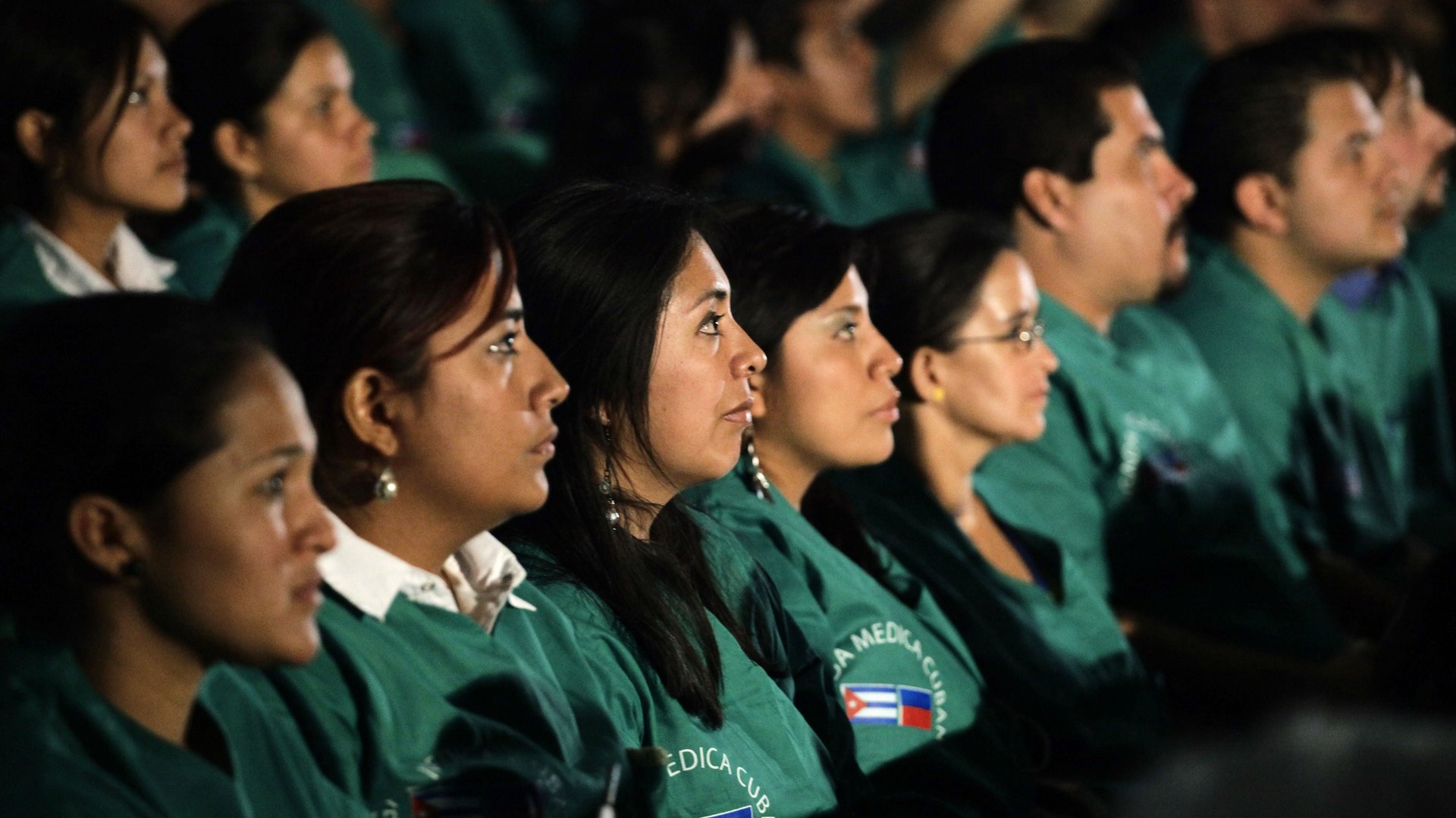US patients who see immigrant doctors live longer than those treated by their American-trained colleagues
Of the roughly 926,000 doctors practicing in the US, about a fifth studied internationally. And by at least one measure, these doctors outperform their American-educated colleagues.


Of the roughly 926,000 doctors practicing in the US, about a fifth studied internationally. And by at least one measure, these doctors outperform their American-educated colleagues.
A study published in the British Journal of Medicine shows elderly Americans treated by a doctor who attended medical school outside of the US were less likely to die within 30 days of treatment than those whose doctors studied within the country.
Harvard researchers analyzed Medicare data from from 2011 to 2014 of about 1.2 million patients, all over 65 years old. In total, that included 45,000 doctors, 44% of whom had gone to medical school outside the US.
After 30 days, 11.2% of patients treated by physicians who graduated from a non-US medical school had died, compared with 11.6% who were treated by American-educated doctors at the same hospital. That might not seem like a lot, but it’s nearly 5,000 additional deaths. Another way to look at it: immigrant doctors save one additional life for every 250 patients treated than US-trained docs.
The authors suspect the differences in care are due to a higher bar for employment for foreign doctors in the US. Only about half of foreign doctors who apply for positions in the US get them, and they must undergo a residency in America—even if they’ve done one elsewhere already. They also have to take three additional exams assessing their medical knowledge and clinical capabilities. “The doctors who choose to leave their home country and manage to pass all certification exams may be very capable and motivated individuals,” Yusuke Tsugawa, a policy researcher at Harvard and co-author of the study, told Reuters.
Short-term mortality rates among older patients are not the definitive metric for determining a doctor’s overall ability to care for patients. The study also didn’t consider the patients’ subjective experiences, and it only looked at internists. And of course, it only included one patient age group.
That said, the findings are striking in the current US political contest. The US healthcare industry relies heavily on foreign doctors, and could suffer a huge blow as a result of president Donald Trump’s recent executive order banning Syrian refugees indefinitely and temporarily shutting down immigration from seven countries whose populations are predominantly Muslim. About a fifth of healthcare providers in the US come from outside the country, including about 5,000 from Syria and 10,000 from Iran (one of the seven on the ban list).
As it is, America doesn’t have enough doctors, and the physician deficit is projected (pdf) to rise to 94,700 in the next eight years.